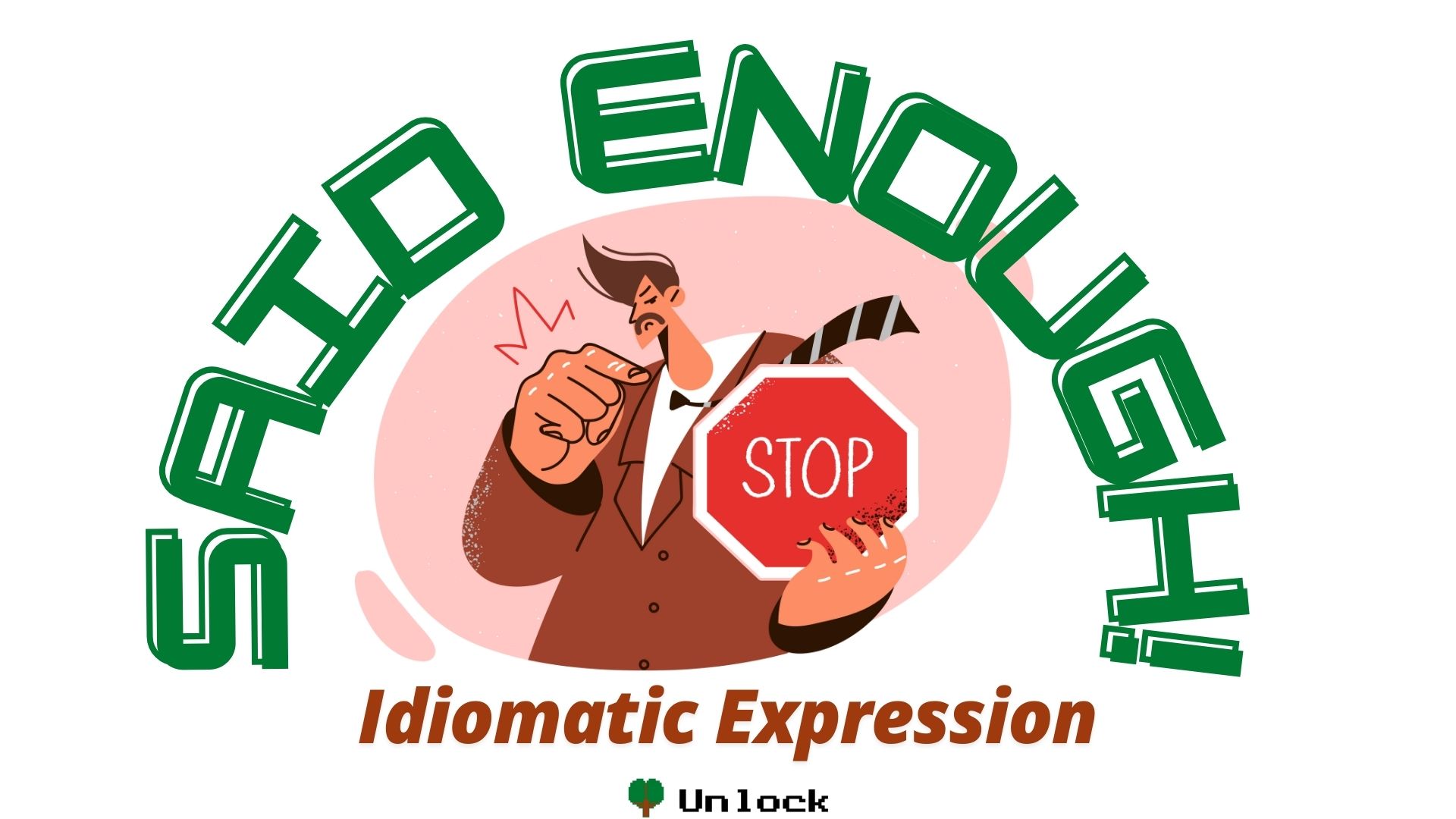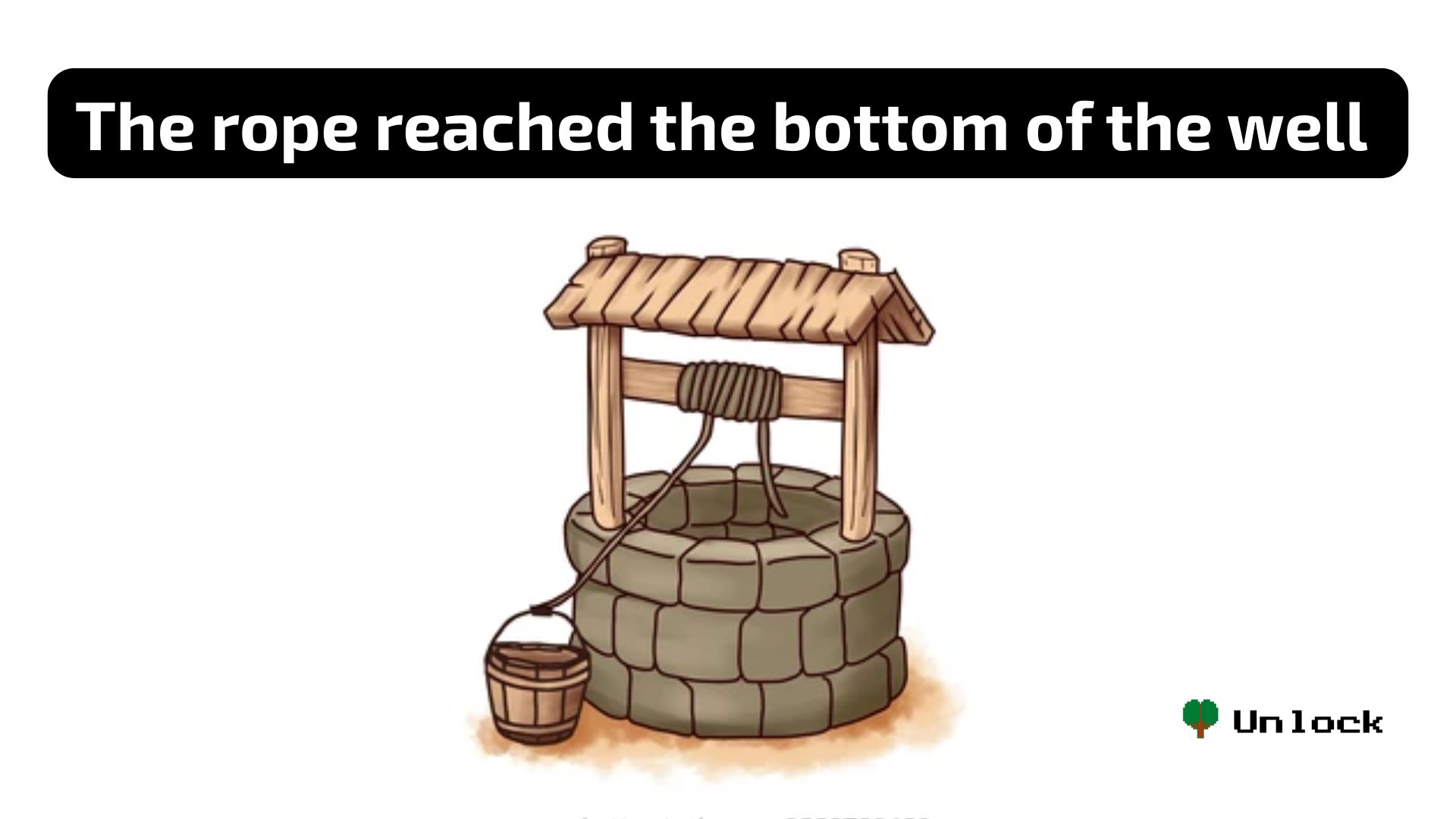.jpg)
Direct vs. indirect questions: why you need to know when to use them.
Direct and indirect questions serve different purposes in communication and vary in structure and formality.
Direct Questions
Direct questions are straightforward inquiries that seek information. They typically involve a change in word order, where the auxiliary verb precedes the subject. There are three main types of direct questions:
- Yes/No Questions: These questions expect a simple "yes" or "no" answer.
- Example: Are you coming to the party?
- Wh-word Questions: These begin with question words like what, where, when, why, or how.
- Example: Where is the bus station?
- Choice Questions: These offer options for the respondent.
- Example: Do you want to meet in the morning or in the evening?
The structure of direct questions often requires inversion, meaning the verb comes before the subject (e.g., Are you...? instead of You are...?).
Indirect Questions
Indirect questions are more polite and less direct than their counterparts. They typically begin with phrases such as "Could you tell me...?" or "Do you know...?" In indirect questions, the structure resembles that of a statement rather than a question, meaning there is no inversion of the subject and verb.
Formation of Indirect Questions
- For Wh-word Questions:
- Direct: What time is it?
- Indirect: Could you tell me what time it is?
- For Yes/No Questions:
- Direct: Are you coming to the party?
- Indirect: Could you tell me if you are coming to the party?
In indirect questions, if the original question was a yes/no question, it is common to introduce it with "if" or "whether." The order of words reverts to that of a statement (e.g., you are instead of are you). This structure makes indirect questions suitable for formal situations or when politeness is desired.
Common Phrases for Indirect Questions
- Can you tell me...?
- Could you let me know...?
- Do you know...?
- May I ask...?
- I'd like to know if...
- Would you mind telling me...?
These phrases help soften the inquiry and make it more courteous.

Understanding when to use direct versus indirect questions can enhance communication effectiveness, especially in contexts where politeness is paramount.
.png)






